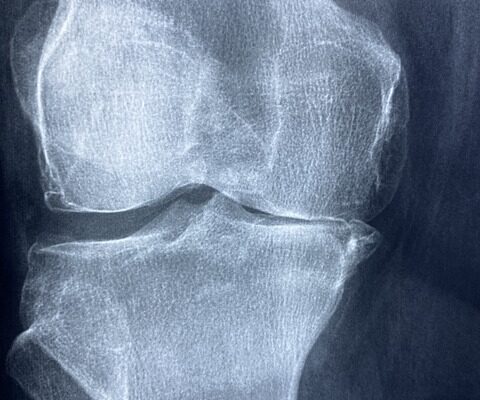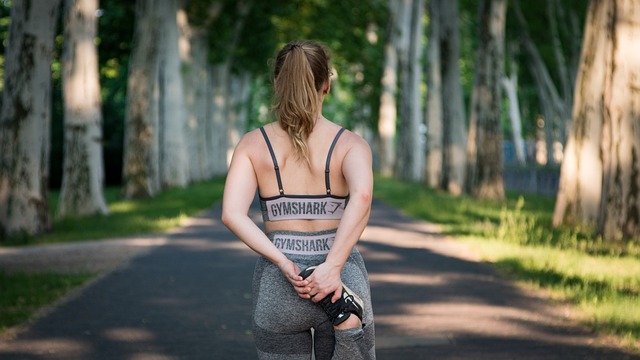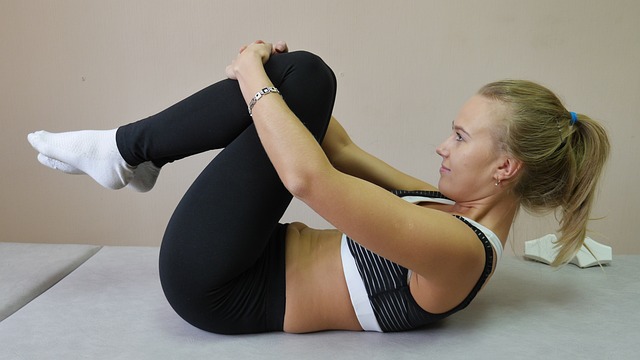Knee stretches to gain flexibility is essential for living a healthy, active life, whether you are a marathon runner or simply want to get out of your car without pain. The knees, as one of the strongest and most important joints in the human body, include tendons, muscles, and ligaments that must all work together to allow you to bend and move side to side properly.
Thus, keeping this major hinge and all of its components in good condition might mean the difference between a peaceful existence and one filled with pain. Including a knee stretch in your training program will help.
Knee Stretches Have Many Advantages
Stretching your knees can assist in maintaining the health of this joint and its surrounding muscles, as well as provide the following health benefits:
Helps Osteoarthritis Treatment
Knee stretching and strengthening, according to the Arthritis Foundation, maybe the most effective non-drug treatment for osteoarthritis. Stretching and regular exercise promote circulation, bone health, and joint support, and encourage good weight balance. All of these benefits can help to alleviate pain and treat osteoarthritis.
Stretches Reduces the Probability of Knee Replacement Surgery
Stretching the knee helps promote joint mobility and lessen the chance of contractures if you have knee pain. Contractures are common in people with osteoarthritis-affected joints, and they speed up disease progression and increase the chance of joint replacement.
It is prudent to stretch the knee to maintain joint range of motion and prevent contractures. According to research, strengthening and stretching the knee extensors considerably lowers pain in people with OA.

Enhances Quality of Life
Those suffering from chronic knee pain may experience a loss of quality of life as a result of despair and limited social life. According to a 2018 study, exercise therapies generated significant benefits for those with chronic knee pain and knee osteoarthritis.
When and How Should You Stretch Your Knees?
Stretch at least once a day, preferably after an exercise when your muscles are warm. If you want to do a knee-stretching workout on its own, you should do about 5 minutes of light cardio to get your body warmed up to get a better range of motion for each stretch. Aim for a comprehensive regimen that targets your calves, hip flexors, quadriceps, and hamstrings every time you do a knee-stretching workout.
For Best Results, Include Strength Training
Building quadriceps, glutes, and knee strength is essential for injury and pain therapy and prevention. While stretching and mobility exercises are vital, strengthening your knees will help protect them from additional damage.
Increasing muscle strength has also been demonstrated to relieve pain, improve joint mobility, reduce stiffness, lower the risk of falling, and avoid knee degeneration.
Ten Knee Stretches to Try
Although these stretches for knee are not strenuous, they will provide a well-rounded regimen. If you are in agony, seek medical attention. A PT, the physical therapist, can show you how to stretch the muscles surrounding your knees and make any adjustments necessary for your health issues. This can help you avoid injury and preserve full functional knee mobility.
If you feel any pain, you should stop stretching. Only a deep stretch should be felt in each of the following:
Calf Stretch While Standing
Why: Walking, running, and stair climbing require calf stretching.
Perform 3 times per leg
Instructions in Steps
- Face a two-foot-away wall.
- Place both hands on the wall and extend your arms fully. Your arms should be at shoulder height.
- Step your left leg forward and bend your left knee slightly. Maintain a straight right leg.
- Incorporate your body into the stretch. For balance, keep your hands on the wall.
- As you lean into the stretch, press down on your right foot. Your right leg should feel stretched.
Hold this position for 30 seconds.
Repeat with the other legs. If this movement is not challenging enough, you can stand further away from the wall on the next repetition for a deeper stretch.
Stretching the Hip Flexors While Lunging
Why: Required for forward bending and stair climbing; stretching the hip flexors
Perform 3 times per leg
Step-by-Step Instructions
- Kneel on your left knee. Keep your right shin flat on the ground. If the earth is too hard on your rear leg, consider practicing this stretch on a yoga mat.
- Return your right leg behind you. Maintain a right foot facing the ceiling.
- Push your body forward with both hands on your right knee.
- Maintain proper torso and head alignment. This stretch should be felt in your hips and left leg.
Hold this position for 20 seconds. Repeat with the other legs.
Quadriceps Flexion
Your quadriceps are in charge of your ability to straighten your knee. Walking and running require this.
Perform 3 times per leg
Step-by-Step Instructions
Raise your left arm directly in front of you. This assists you in maintaining your balance. If this movement is too difficult for you, you can adapt it by holding onto the back of a chair or a wall.
- Bend your left knee and take hold of your left ankle. Return your left foot behind you.
- Pull your leg up and back while keeping your hand on your ankle.
- Maintain proper torso and head alignment.
Hold the position for 30 seconds. Repeat with the other legs.
Stretching the Hamstrings
Stretching the hamstrings prevent knee pain.
Perform 3 times per leg
Instructions in Steps
- Lie on your stomach.
- Stretch your right leg out in front of you.
- Flex your left leg.
- Wrap both hands around the back of your left thigh and slowly draw the leg toward you until it is comfortable.
Hold the position for 20 seconds. Repeat with the other legs.
Stretch your hamstrings against the wall.
Why: It relieves lower back discomfort and stretches the hamstrings.
Peform 3 times per leg
Instructions in Steps
- Lie down on the floor with your back to the wall.
- Scoot your body such that your glutes are touching the wall.
- Place one leg against the wall and try to extend it as far as possible.
Hold the position for 30 seconds. Repeat with the other legs.
Stretching the Iliotibial Band
Why: It prevents your iliotibial band from inappropriately rubbing and creating knee pain.
Perform 3 – 5 times per side
Instructions in Steps
- Turn to your right side.
- Maintain a bent bottom knee. Bend your knee and reach back to hold your left ankle.
- Rest your lower leg’s foot on your upper knee.
- Pull your upper knee to the floor with your foot on your knee. A stretch on the side of your kneecap should be felt.
Hold the position for 30 seconds. Repeat on the other side.
Lunge to the side
Why: To keep your hip adductors from becoming tight and unpleasant while walking, stretches your inner thighs, glutes, and hip flexors.
Perform 3 times for each leg
Step-by-Step Instructions
- Stand tall with your feet apart.
- Make a 45-degree angle with your feet.
- Lean to one side. Your thighs should feel a deep stretch.
Hold the position for 30 seconds. Repeat on the other side.
Stretching the Piriformis
Why: Prevents hip injury by stretching the piriformis, glutes, and hamstrings.
Perform 3 per leg
Step-by-Step Instructions
- Lie on your back.
- Maintain a bent knee and flat feet on the floor. If this bothers your back, you can do it on a yoga mat or towel.
- Put your hands on the floor and move your arms away from your body.
- Place the ankle on your bent right thigh.
- Clasp your hands behind your bent right knee and lift your right foot.
- Move your legs as close to your chest as you can. This stretch should be felt in the back of your right leg. As you get more comfortable with this stretch, try straightening out your right leg for a deeper stretch.
Hold the position for 30 seconds. Repeat on the other side.
Butterfly
Why: Maintains flexibility in your inner thighs, groin, and hips for optimal mobility; stretches your inner thighs, outer thighs, and low back.
Perform 3 times per leg
Step-by-Step Instructions
- Sit on the ground with your torso and head held high.
- Form a triangle in your legs by bringing the soles of your feet together.
- Drop your knees as far to the sides as you can. For a deeper stretch, use your arms to push down on your knees.
- Lean forward, maintaining your torso and head as aligned as possible. This stretch should be felt in your inner thighs.
Hold the position for 30 seconds.
Stretch your legs straight.
Why: It is necessary for walking, jogging, and stair climbing; it extends the hamstrings and calves.
Perform 3 times per leg
Step-by-Step Instructions
- Start by lying down on your back.
- Keep your left leg bent and right leg straight.
- Raise your right leg as high as you can. Maintain a straight and extended posture. Your hamstrings should feel stretched.
- Hold for 30 seconds. You might not be able to make it this far. You can work up until this point.
Lower your leg. Repeat on the other side.
To Conclude
Knee stretches should be incorporated into your training program to help prevent and manage knee pain.
Stretching the supporting muscles improves joint mobility, which is essential for preserving function and strength. It’s also critical to work on strengthening your quadriceps, glutes, and the muscles around your knees.


